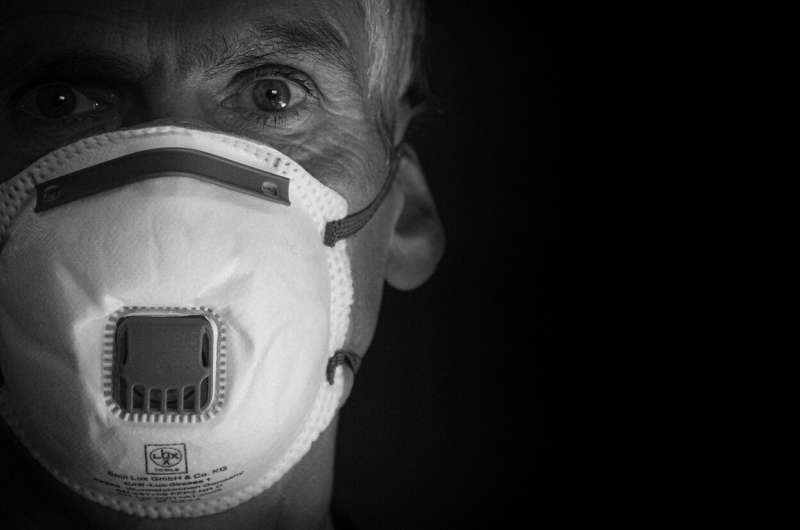Infectious disease model shows impact of COVID-19 mitigation efforts in Virginia

Governor Ralph Northam, in partnership with researchers from the University of Virginia's Biocomplexity Institute and the nonprofit RAND Corporation, released new infectious disease modeling on the impact of COVID-19 mitigations in Virginia.
Current models presented during a briefing held yesterday show that social distancing efforts beginning in mid-March have paused the growth of the COVID-19 epidemic in the Commonwealth. While data and testing remain limited, current trends suggest that Virginia's statewide hospital bed capacity will be sufficient in the immediate future.
"We are proud to be working with some of the top minds in the country on these projections," said Governor Northam. "While the data is limited, we can draw a few key conclusions: First, social distancing is important, and it's working in Virginia. Second, while we continue to work closely with our hospital systems and other health care partners to prepare for a potential surge in acute cases, we are optimistic about our statewide hospital bed capacity. Finally, it's clear we need to be responsible about how we ease restrictions, so we can keep Virginians safe and protect public health."
"From the beginning, Governor Northam has made it clear that everything we do must be grounded in science, public health expertise, and data," said Secretary of Health and Human Resources Daniel Carey, M.D. "These models change every day, but we can use various models to help inform a range of outcomes we may be facing so we can make sure that Virginia is ready for all possible scenarios. Like every other state and many other countries, we are preparing for how we can move forward in a way that does not trigger another medical surge."
Key takeaways from infectious disease models developed by the UVA Biocomplexity Institute include:
- Current social distancing efforts starting March 15 have paused the growth of the epidemic in the Commonwealth of Virginia. In this scenario, "paused" growth means that the rate of new cases is holding steady rather than increasing.
- Current trends suggest that Virginia's statewide hospital bed capacity will be sufficient in the near future.
- Lifting social distancing restrictions too soon can quickly lead to a second wave.
To understand the impact of COVID-19 mitigations in Virginia, the UVA Biocomplexity Institute developed a model of the pandemic that incorporates disease dynamics such as transmissibility and incubation period as well as population density and social behavior. The Institute modeled five potential scenarios, exploring slowing growth vs. pausing growth with social distancing in place until April 30 and June 10 compared to no mitigation.
"Currently, it appears as if the Commonwealth of Virginia is tracking with the pause scenario, which means that the residents of Virginia are doing an excellent job with mitigation," said Bryan Lewis, Research Associate Professor for the Network Systems Science and Advanced Computing division for the Institute. "Even without perfect projections, we can confidently draw conclusions. We know that social distancing is working and lifting restrictions too early can lead to a second surge. We will continue to improve our models as more data become available. We plan to incorporate outcomes specific by age, integrate the role of seasonality, and analyze mitigation techniques such as a Test-Trace-Isolate approach."
The UVA Biocomplexity Institute has been on the forefront of epidemic modeling and mitigation since 2002, supporting the U.S. federal government and other countries through several epidemics, including planning for H5N1, the 2009 H1N1 pandemic, the MERS outbreak of 2012, and the Ebola outbreaks of 2014 and 2019. Institute researchers have worked in partnership with U.S. government agencies since early 2020 to inform evidence-based decision making for the COVID-19 pandemic.
"Several groups have produced models to understand how the COVID-19 pandemic might progress and to explore potential policy options," said Carter Price, a senior mathematician at the RAND Corporation. "Each of these models has strengths and weakness, and they are likely to evolve as more and better data become available. We are helping the leadership of the Commonwealth of Virginia assess the different models so that policy can be made with the best available information."
Learn more about the UVA model designed as a decision-support tool for public health officials.
Additional information, including slides from yesterday's briefing are available here. The full video of the briefing is posted here.


















